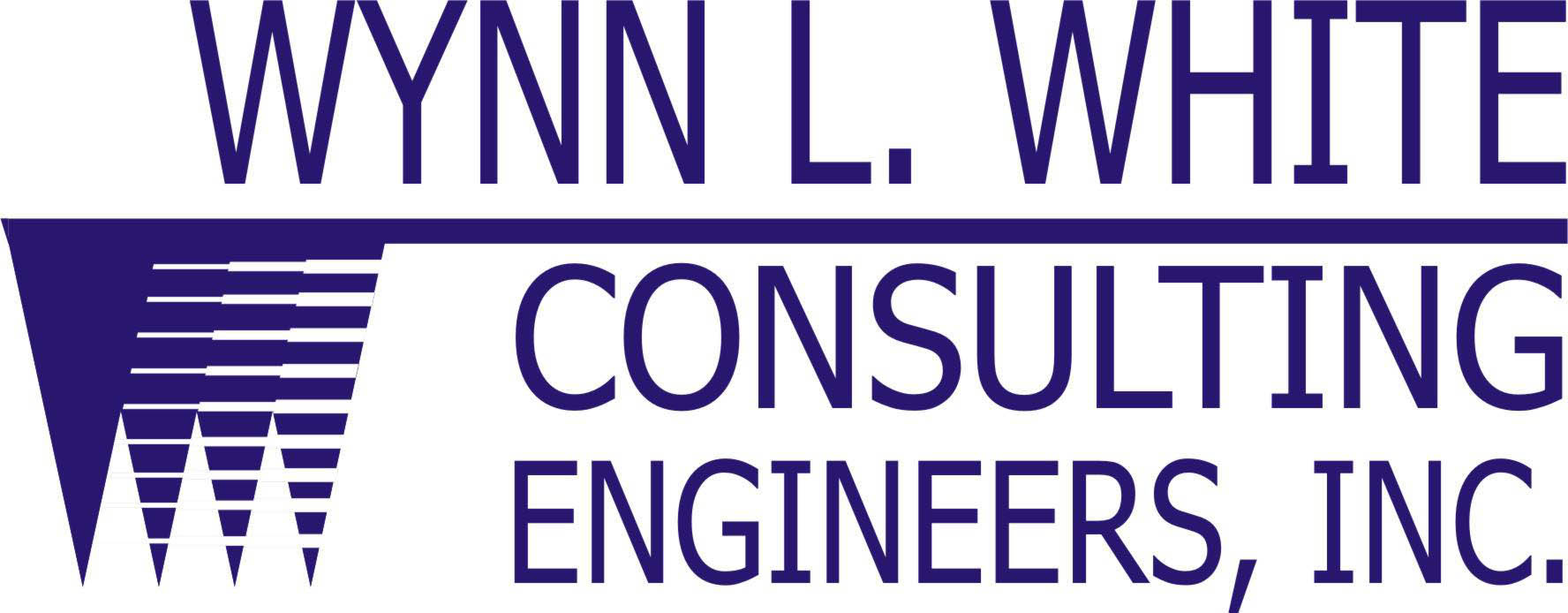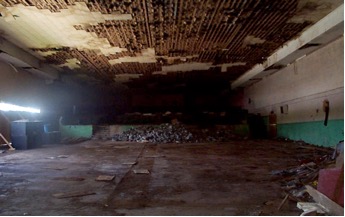If it seems too good to be true, it probably is
In 2003, one of our clients (a municipality) came across a bit of good fortune – a free piece of property in a great location in the commercial business district.
The site was owned by a family that had operated a business there for years, but the business had closed. The building and site sat unused for quite a while.
The building needed to be demolished, but once that was done, a nice property was ready for the City’s use (or sale!).
The City hired a firm to sample for asbestos, knowing demolition couldn’t proceed without a survey. The asbestos survey found no asbestos, and the City found a demolition contractor that would knock down the building and haul it off cheap.
Then the problems started to pile on. The demolition contractor didn’t file the project notification with the Louisiana Department of Environmental Quality (DEQ) – and got caught by a DEQ inspector who just happened to drive by and observe the demolition! Just so you’ll know – in those instances, the Contractor gets a penalty, but so does the Owner!
The DEQ inspector stopped because he knew he hadn’t received project notification for the demolition. What did he find when he went into the building and looked at the debris? You guessed it – suspect asbestos containing materials. He collected samples and sent them to the lab, and found friable asbestos in remaining building materials and in waste/debris from demolition that had just started.
So the job was shut down, and DEQ wrote everyone up. The Owner had tried to do everything right, only to have the “gift” of the free piece of property turn into a migraine headache.
The project was at a difficult juncture, since some of the demolition had taken place, leaving wide open entrances into the building, and friable asbestos debris all over the place. And the site was extremely unsafe – the building wasn’t in the best structural condition, had been weakened by the partial demolition, and now had asbestos all over the place. The Owner’s potential risk was astronomical – what if the site sat abandoned and kids or vagrants got hurt (or worse) while in the building?
Knowing they needed some help satisfying DEQ while being able to finish the project, the City hired us to help. It took some time, but within 90 days we had all the asbestos removed and demolition was complete. And we helped the City avoid further complications with DEQ.
But that “free” piece of property cost the City a cool $250,000. After completing all that work and spending all that money, I’ll bet the overall cost of ownership for that property exceeded the purchase price for a comparable site. In other words, I’ll bet the City went backwards on that deal.
So what went wrong? Here are a few thoughts:
1. No Phase I Environmental Site Assessment (ESA) prior to taking over the site
While a Phase I Environmental Site Assessment wouldn’t have found asbestos in the building, an experienced environmental consultant would likely have pointed out the potential presence of asbestos containing materials. And lead. And polychlorinated biphenyls (PCB). And mercury. You get the drift. By the way, all those materials were present at this site.
2. Incomplete asbestos survey
While the missed asbestos was not the Owner’s fault, the Owner selected the cheapest firm to provide the survey. Although low bid (or low proposal) most of the time wins on public projects, sometimes the taxpayer gets a poorly executed project. No matter what though, guess who owns all the environmental liability?
3. Incompetent demolition contractor
Again, not the Owner’s fault, since the demolition contractor should have known to send project notification to DEQ. However, in selecting a cheap contractor, the Owner paid more in the long run to do the project the right way.
4. Not remembering when Mom and Dad said, “If it seems too good to be true, it probably is.”
Before hiring new employees, there’s generally an interview and some sort of screening process. Real estate transactions are no different – think of this process as a way for you to vet properties before taking on all the environmental liability.
Avoid these problems by selecting a professional engineer to help you assess properties before you take over. Once the site’s yours, you own the good – and the bad.

performing an environmental site assessment can help you avoid being Force choked by your client, or your boss

